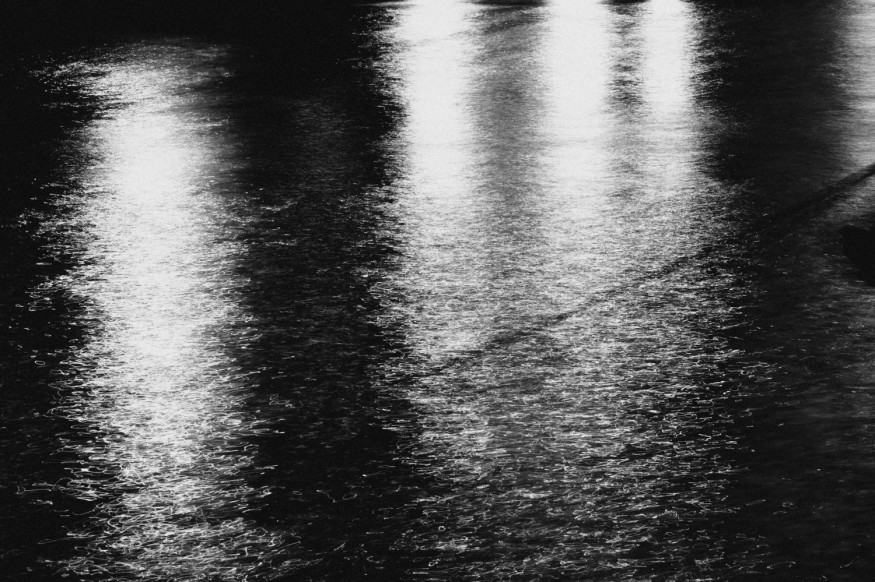After deadly flash floods inundated the St. Louis metro region, hundreds were saved. By Wednesday, the St. Louis region was still experiencing light rain as locals started to assess the damage left by the area's unprecedented rainfall the day before.

Historic Rainfall and Flooding
The St. Louis area had further rains and thunderstorms on Wednesday morning, one day after a massive, life-threatening downpour flooded streets, homes, downtown structures, and train stations.
Cleaning up around the flooded city was starting, and MetroLink rail service delays were being reported. According to the St. Louis Post-Dispatch, fire departments in St. Charles County and St. Louis County saved at least 400 individuals on Tuesday.
Tuesday, just before noon local time, St. Louis municipal officials announced one death caused by the rapidly rising floodwaters. The corpse of a man was subsequently retrieved from a car that was buried in roughly 8.5 feet of water in a low-lying part of the city, according to the city's fire chief, Dennis Jenkerson. Throughout the morning, the fire department responded to around 70 requests for help or rescue, according to Jenkerson.
Sending Rescue
The Post-Dispatch stated that the victim was an unnamed guy in his 60s.
As a result of the floods, St. Louis County Executive Dr. Sam Page issued an executive order on Tuesday afternoon declaring a state of emergency. This opened the door for federal money to aid individuals and small businesses with the expenses of damage relief.
On behalf of the state's governor, Mike Parson, the lieutenant governor of Missouri, Mike Kehoe, also signed an executive order activating the state's emergency operations plan.
In a release on Tuesday, Parson stated, "We want to make sure that our towns have every resource possible to respond and safeguard Missourians."
Tuesday saw over 9 inches of rainfall in St. Louis, breaking the city's all-time daily rainfall record. The majority of the rain came for five hours. The previous record was 6.85 inches, which was achieved 107 years prior, on August 20, 1915, when the remnants of the Galveston Hurricane of that year pummeled the city.
St. Louis received 9.04 inches of rain in only 24 hours, establishing a record for the shortest 24-hour period and exceeding the city's average monthly rainfall of 7.31 inches and almost one-fourth of the average yearly rainfall. Nearby areas, including the Missouri suburb of St. Peters, had more than a foot of rain.
Breaking Records
While some locations broke records, the National Weather Service (NWS) office in St. Louis acknowledged the hyperlocal character of the downpour by tweeting that rainfall totals "varied greatly." At the same time, other places just received a trace of rain.
According to the NWS, many rounds of thunderstorms repeatedly traveled over the I-70 corridor in Missouri and the I-64 corridor in Illinois as the extreme rainfall event developed.
Keeping Safe
Authorities in the area asked residents to stay away from the roads because of the high water levels. As shown on video, segments of Interstate 70 were submerged by floodwaters, forcing the shutdown of the roadway in both directions just before the regularly busy morning commute. Additionally, reports of closures on I-64, I-270, and U.S. Route 61.
About 18 residences with trapped inhabitants and significant water were the subject of St. Louis Fire Department responses. Fifteen others chose to stay put while six humans and six pets were saved by boat. By 10 a.m., the number of power outages in the area had surpassed 20,000. Tuesday at CDT, after Ameren Missouri, the electricity supplier, reported "severe damage" to several regional substations and electrical infrastructure, many people had their electricity restored by the afternoon.
Around 3 a.m., the fire department received its initial call. On Tuesday, a substantial amount of smoke was reportedly present in the Market Street basement of the downtown post office. According to Jenkerson, a substantial volume of water caused an electrical problem in the structure.
Jenkerson reported partial roof collapses on structures, including some abandoned houses, that were pressured by the weight of the water as the floods subsided throughout Tuesday. Up to two inches of rain are anticipated in the area from widespread showers and storms likely to last through early Wednesday. It is potential for isolated flash flooding episodes to occur in regions that have previously experienced floods.
City authorities in adjacent Saint Charles, Missouri, reported that a pedestrian bridge fell due to erosion brought on by the severe rain.
Affecting Everyone
Nearly 1 million residents of the densely populated metro region were at one time on Tuesday during the early morning hours within a flash flooding emergency. A National Weather Service notice is kept only for the most catastrophic flooding situations.
The St. Louis Lambert International Airport was also severely flooded, but it was still open at 8 a.m. Tuesday, CDT. Due to the unprecedented rains, the city's famous Gateway Arch was closed on Tuesday.
According to AccuWeather Meteorologist Dean DeVore, the main lesson is that flash flooding doesn't stop when the rain does.
More Threats
According to AccuWeather meteorologists, flash flood threats are predicted to remain high throughout the week from Kansas and Missouri to Virginia due to more rounds of strong rainfall.
Related Article : Exposure to Major Disasters Can Cause Long-Term Mental Health Problems
For more climate and weather updates, don't forget to follow Nature World News!
© 2026 NatureWorldNews.com All rights reserved. Do not reproduce without permission.





